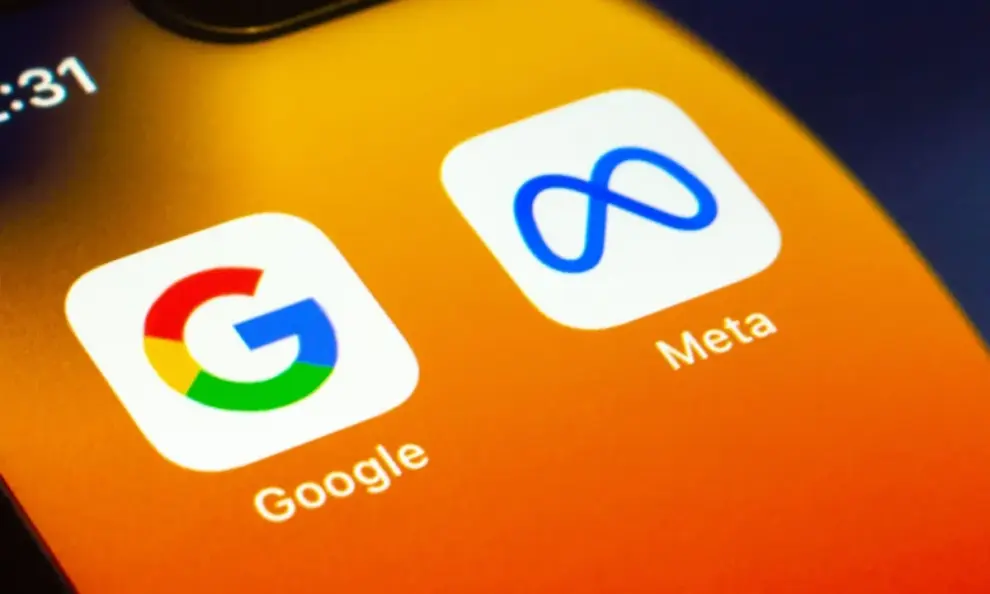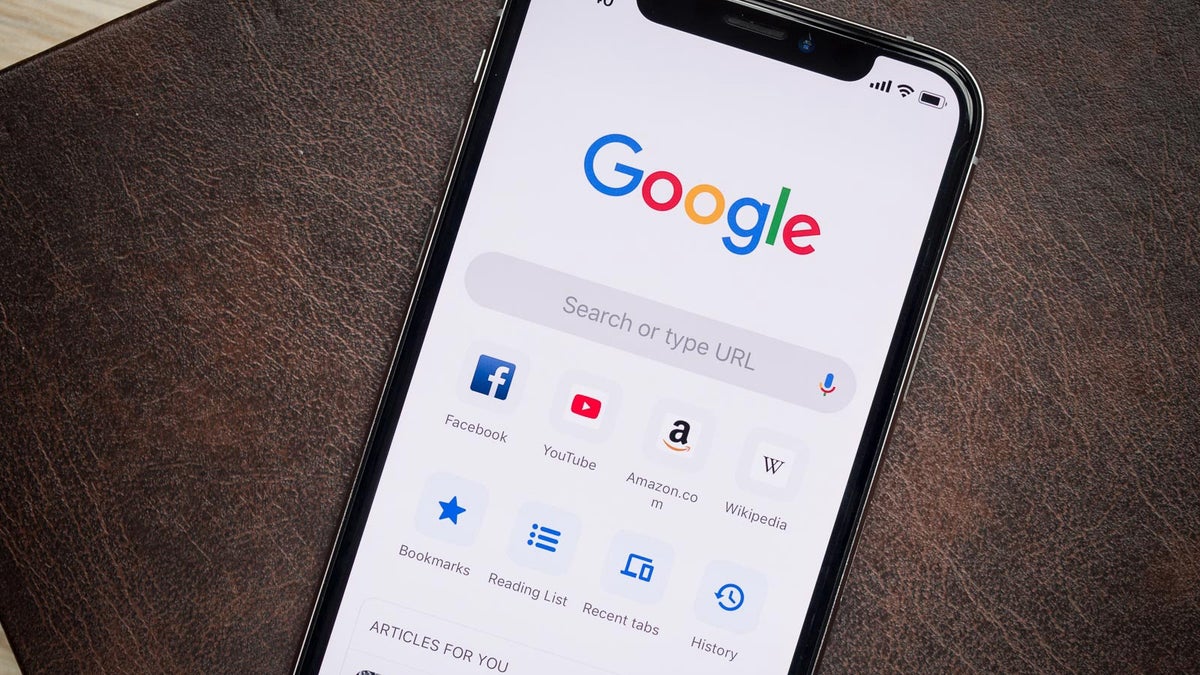For years, Google and Meta Platforms have stood as titans of the digital age, building vast businesses on the back of data, advertising, and cutting-edge technology, particularly in the field of artificial intelligence. They dominate online search, social networking, and digital advertising, wielding power that shapes industries and daily life for billions.
But this dominance attracts powerful scrutiny. Governments in the United States, Europe, and elsewhere are actively pursuing antitrust cases and investigations against both companies. Regulators look closely at how these giants maintain their market positions, whether they stifle competition, and if their sheer size gives them an unfair advantage, especially as AI becomes more central to everything they do.
Talk of potential breakups, once confined to academic papers or fringe discussions, now sits squarely on the table in courtrooms and legislative chambers. While neither company faces a finalized order to split today, the legal challenges they navigate carry that possibility as a potential outcome. Think of the U.S. Department of Justice’s lawsuit against Google’s search practices or the Federal Trade Commission’s challenge to Meta’s structure and past acquisitions like Instagram and WhatsApp. These aren’t minor disputes; they strike at the heart of how these companies operate.
This regulatory pressure, and the scenarios it creates, leads many market watchers and technology analysts to pose a fascinating question: What happens to the AI race if parts of Google or Meta are forced to stand alone? Could a breakup, counterintuitively for companies built on integrated systems, actually spark a new wave of AI development and competition across the market?
The AI Powerhouses Today
Look inside Google and Meta, and you find some of the world’s foremost AI research and development powerhouses. Google DeepMind, Google Search’s AI integrations, the AI powering Google Cloud, and their work on models like Gemini show a deep, fundamental reliance on AI across the Alphabet (Google’s parent company) structure. AI refines search results, powers advertising auctions, manages data centers, and drives new product development.
Meta, similarly, pours immense resources into AI. Their Llama language models are influential open-source contributions. AI drives the content recommendations on Facebook and Instagram, moderates content, powers their advertising system, and forms the backbone of their ambitious Reality Labs division, which focuses on virtual and augmented reality and needs sophisticated AI to build immersive worlds and realistic avatars.
Both companies benefit from massive datasets – user activity on search, social media, and other services – that fuel their AI training efforts. They also attract top AI talent globally, creating concentrated hubs of expertise.
The Argument for More Competition
The core argument from those who believe a breakup could spur AI competition goes like this: Within a massive conglomerate, different divisions might rely on internal AI teams or share resources in ways that aren’t purely market-driven. Priorities get set at the top. A dominant company might integrate a new AI capability into an existing service, making it harder for a smaller competitor offering only that capability to gain traction.
Imagine Google’s Search business potentially being separated from its advertising business, or from other parts of Alphabet. If the Search division had to operate independently, would it still have the same access to the vast resources of Google’s central AI teams or other data streams? Could this force it to develop AI differently, perhaps even sourcing some AI capabilities externally?
Consider Meta. If Instagram or WhatsApp were spun out, they would need their own dedicated AI strategies and infrastructure. They couldn’t just lean on Meta’s central AI research or shared data pipes in the same way. Suddenly, instead of one giant Meta AI effort supporting multiple platforms, you might have two or three independent companies, each needing to build or buy best-in-class AI for their specific needs (social feeds, messaging, advertising).
This separation could create new, substantial customers for third-party AI providers or even necessitate partnerships that weren’t possible before. It might force the newly independent companies to specialize their AI efforts more intensely on their core product, rather than serving a sprawling conglomerate’s needs.
Analysts suggest that this fragmentation of demand and research efforts could lead to several things:
- New Market Opportunities: Smaller AI companies offering specific tools (like advanced recommendation engines, natural language processing for messaging, or computer vision for photo analysis) could find major new clients in standalone Instagram or WhatsApp.
- Focused Development: Independent entities might pour all their AI resources into perfecting a single area crucial for their survival (e.g., Instagram focusing solely on AI for visual content discovery and advertising).
- Talent Dispersion: While initially disruptive, a breakup could eventually lead to AI talent spreading to these new entities, fostering different cultures and approaches to AI problems.
- Reduced Barrier to Entry: If a competitor doesn’t have to go head-to-head with the entire Google or entire Meta AI ecosystem, but rather a smaller, more focused entity, entering the market with a niche AI product might become slightly more feasible.
The Counterpoint: Fragmentation and Lost Synergy
Of course, breaking up complex, integrated companies built over decades isn’t simple and carries risks. Skeptics of the “breakup spurs AI” theory raise valid concerns.
Google and Meta’s strength in AI comes partly from the synergy between their different parts. Google uses Search data to train AI that improves ads, and uses AI from DeepMind to refine search. Meta uses social data to improve AI for recommendations across Facebook and Instagram, and feeds that into understanding user behavior for advertising and Reality Labs.
Splitting these companies could break those feedback loops. Independent entities might face higher costs replicating infrastructure or lose access to diverse datasets that fueled their AI’s capabilities. It could lead to duplicated efforts or, worse, gaps in development where combined resources once drove progress.
Legal battles and the sheer complexity of separating assets, intellectual property, and employees would consume immense time and resources – resources that might otherwise go into AI research and development. This disruption could potentially slow down the overall pace of AI progress within these specific entities, at least in the short term.
Moreover, some argue that the biggest AI challenges require the kind of massive investment and long-term vision that only giant companies like Google and Meta can currently provide. Fundamental research into new AI architectures or building next-generation large language models costs billions. Would smaller, independent pieces have the capacity or willingness to make those same bets?
As regulatory battles unfold, the exact future remains uncertain. Will courts order significant structural changes? Or will the threat of such changes push Google and Meta to alter their practices, perhaps making it easier for competitors to access data or interoperate with their platforms?
What seems clear is that the intense focus on these companies’ market power is inextricably linked to their command of AI. AI isn’t just another technology layer; it’s becoming the core operating system of their businesses.
The discussion around breaking them up isn’t just about market shares in search or social media anymore. It’s fundamentally a debate about who controls the future development and application of artificial intelligence.
Whether forced separation happens or not, the pressure on Google and Meta highlights a global desire to ensure the power of AI doesn’t become too concentrated. The hope among some is that forcing change at the top could create ripples throughout the industry, potentially opening space for new ideas and players to drive the next wave of AI innovation. The outcomes of these regulatory challenges will shape not just the future of two tech giants, but potentially the entire landscape of artificial intelligence for years to come.




